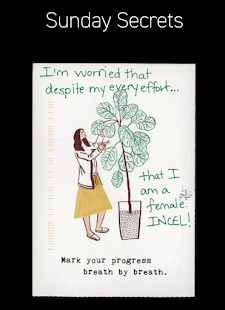Kinetic and Interactive Poetry
In chapter 5, kinetic and interactive poetry are described as a form of e-lit that is heavily concerned with the use of sounds, visuals, movement, music, and language. Scott Rettberg describes describe kenetic and interactive poetry as such, "Kinetic and interactive poetry explore the specific multimedia capacities of the contemporary computer as a poetic environment for both composition and reception." Like with other forms of e-lit, poets are able to create meaning with much more than just words on a page. One very important aspect of kinetic and interactive poetry is the use of time and movement. In addition to the meaning of the words on the page, their movement, and the movement of visuals, creates its own meaning. Time is also important. As Rhettberg puts it: "the poem is experienced as the performance of the code within a given configuration of a given platform rather than the code itself. Therefore, it is the running of the code that gives kinetic poetry a temporal aspect to it. I find this aspect of kinetic poetry to be very interesting and I think it makes a lot of sense. If it is kinetic, or relating to movement, that means that time becomes a part of it. For example, John Cayley's Speaking Clock has moving words as a part of his poem.
I thought that Brian Stefans Flash Poem The Dreamlife of Letters was very interesting. He processed a feminist poem through the Flash software to create a new poem, this time with the words moving around. The strange arbitrary combination of words seems to create its own meaning or lack there of depending on your interpretation.


Comments
Post a Comment